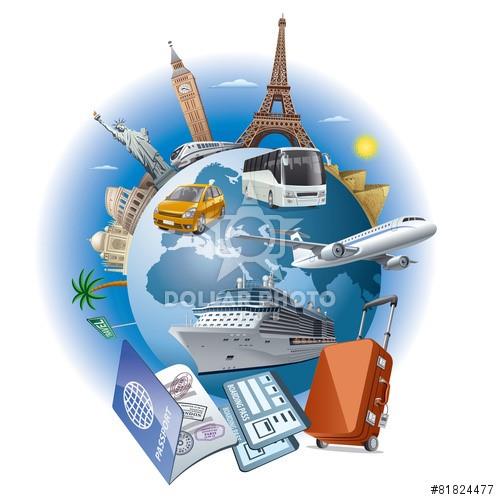
Medical tourism, also called health tourism, surgical tourism, or medical travel, international travel for the purpose of receiving medical care. Many patients engage in medical tourism because the procedures they seek can be performed in other countries at relatively low cost and without the delay and inconvenience of being placed on a waiting list. In addition, some patients travel to specific destinations to undergo procedures that are not available in their home country.
History and growth of medical tourism
Throughout history people have traveled long distances for health care. In ancient Greece, for example, worshippers of Asclepius, the Greco-Roman god of medicine, would make pilgrimages to his temple in Epidaurus, where they would undergo healing through “incubation rituals,” which were rooted in prayer, fasting, and ceremony. Likewise, spas and public baths have long been popular destinations for those seeking medical cures. In the 17th century the emergence of spa towns in appealing settings like the Pyrenees attracted wealthy people from all over Europe. In later centuries, as travel and tourism increased, spas and health resorts in countries worldwide often attracted clientele from overseas. In addition, the establishment of facilities such as the nonprofit Mayo Clinic in Rochester, Minn., provided new opportunities for patients in need of treatments and surgical procedures not available elsewhere.
The practice of traveling internationally for surgery, however, is a relatively recent phenomenon. For example, Costa Rica experienced an influx of foreigners seeking cosmetic and dental surgery in the 1980s. By the 1990s physicians there actively worked to attract foreign patients, offering various types of plastic surgery, from face-lifts to liposuction, at low cost. Near the end of the first decade of the 21st century, an estimated 20,000–25,000 medical tourists visited Costa Rica, representing a significant increase over previous years. That growth appeared to parallel the worldwide boom in medical tourism that took place in the early 21st century. In 2010, for example, nearly 1.5 million Americans traveled outside their country for medical care—nearly twice the number from just three years earlier.
